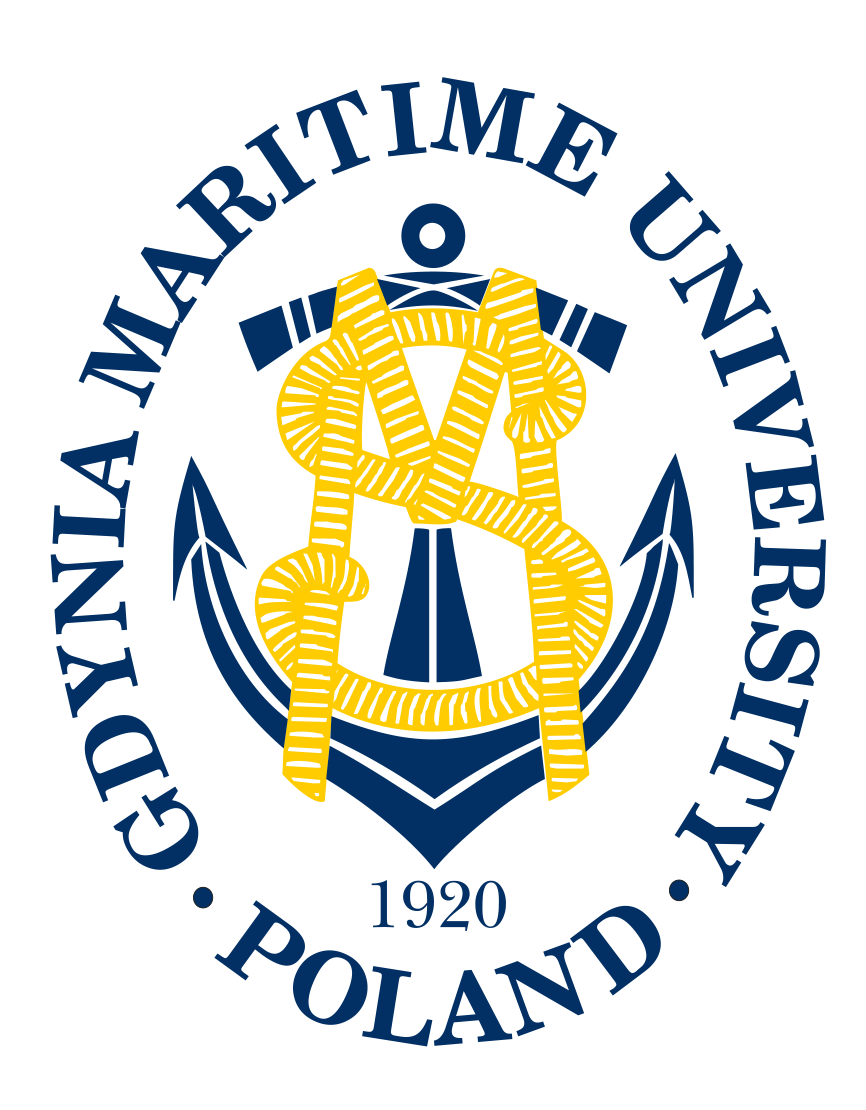SPECIAL SESSION
Acquisition, processing and interpretation of marine geology data
CHAIRS
Dr. Claudio Pellegrini, Institute of Marine Science, ISMAR-CNR

Dr. Elena Romano is a marine geologist working as researcher at ISPRA (Istituto Superiore per la Protezione e Ricerca Ambientale). Her research activity is focused on marine sediments from transitional and coastal environments and sedimentological/geochemical aspects connected to contamination levels for the evaluation of environmental quality. She leads the Laboratory of Sedimentology developing during the years specific methodologies for sampling and analyses of grainsize and mineralogical determination of marine sediments, focused to understanding the dynamics of accumulation of contaminants in the sediments. She organized in 2016 a workshop about the results of "1st International Intercalibration Circuit for grainsize analysis".
She belong to Working Group of SNPA (National System for Environmental Protection) for the definition of national guidelines about sampling activity in marine areas and grainsize analyses of marine sediments.
She belong to Steering Group of SedNet from 2008, an international network focused on different aspects of sediment, soil and water from the environmental viewpoint for a correct management in the European vision.
She has been teacher in 2016 during the Marine Strategy Training about "Sampling and grainsize analysis methods for marine sediment" organized by the Ministry of the Environment.
She is co-author of more than 40 publications on international and national journals and she is a guest editor of special issue of Marine Pollution Bulletin about benthic foraminifera as ecological indicators.
Prof. Alessandra Savini, University of Milano Bicocca, Italy
Alessandra Savini is Assistant professor at the University of Milano Bicocca, where she lectures “Introduction to Marine Physical Geography” and “Applied Geomorphology and Benthic Habitats”, for the International Master Degree in Marine Sciences.Her expertise encompasses studies of marine geology, with emphasis to seafloor and benthic habitat mapping along the continental margins, in order to investigate sedimentation processes and their interaction with benthic habitats. Her research activity deals with geo-acoustic seabed characterization, geo-spatial analysis methods for benthic habitat mapping, statistical analysis of biotic-abiotic relationships in benthic habitats, and geo-hazard assessment related to mass wasting processes. She is particularly interested in the main line of biosphere-geosphere coupling in those complex habitats formed by ecosystem engineers. Research is mainly dedicated to Mediterranean (Tyrrhenian sea, Sicily channel, Ionian sea, southern Adriatic sea) and tropical (Maldives) marine environments, from the shelf to the abyssal plains. She gained long experience in coordinating research activities on board oceanographic vessels, with multidisciplinary purposes too (participation in more than 40 oceanographic cruises, as Chief Scientist in 20). She has been involved in a number of National (among others RITMARE, Marine-Strategy, MAGIC, BioMAP) and International marine research projects (as task or work-package responsible) also founded by the European Community in the framework of the 5th, 6th and 7Th Framework programs (BioDeep, HERMES, CoralFISH, CoCoNet). She is a member of the Scientific Committee of MaRHE (Marine Research and High Education) center (www.marhe.unimib.it), Milano-Biococca outpost at Magoodhoo isalnd, Faafu atol, Republic of Maldives. Alessandra Savini is author or co-author of 22 publications on ISI Journals and of more then 40 publications on national and international non-ISI journals and conference proceedings.
Dr. Daniele Spatola, University of Malta
Daniele Spatola is a marine geologist who earned his PhD in “Earth and Marine Sciences” from the University of Palermo. At present, he is a researcher at the Marine Geology & Seafloor Surveying group at the University of Malta, where his main research activities involve the study of submarine landslides, fluid flow processes and other marine geohazards using different kinds of marine geological data (e.g. electromagnetic, reflection seismic, acoustic, gravimetric and sedimentological data). Dr Spatola is experienced in the acquisition, processing and interpretation of a wide range of marine geophysical and sedimentological data. He has taken part in many oceanographic surveys in the Mediterranean Sea and Pacific Ocean, and has participated in various international scientific projects. Dr Spatola is actively involved in various research programmes and currently working on fluid escape processes offshore north Sicily, the Sicily Channel, the Maltese Islands and the South Island of New Zealand. He has presented his work at a number of international conferences and received scientific awards.





















